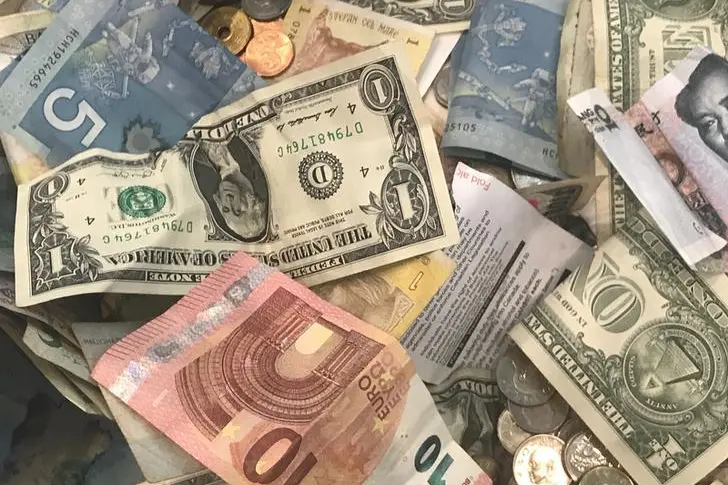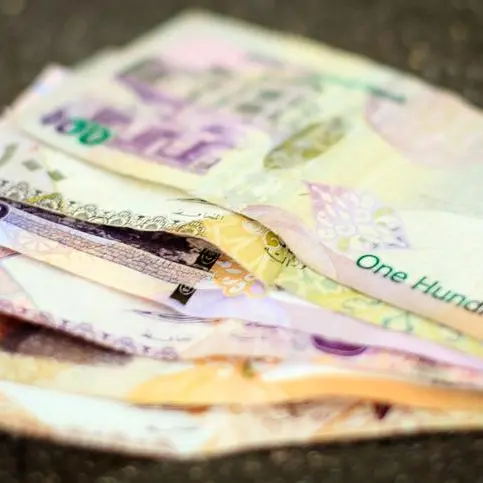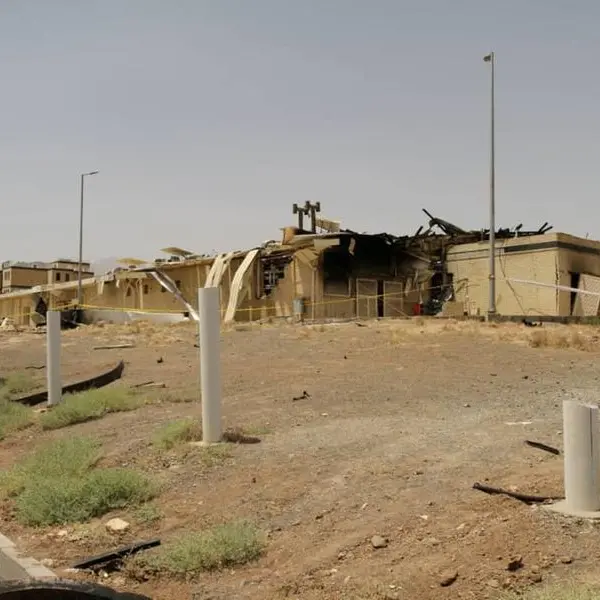PHOTO
LONDON- Just when developing economies were ready to bask in the post-COVID rebound in global growth, in sweeps a bond market blaze to scorch them again.
Most major investment banks were predicting a stellar 2021 for emerging market assets as long as one crucial snag - global borrowing costs rising too fast - was avoided. Well guess what, they are on a tear.
February saw their steepest monthly gain since Donald Trump's shock 2016 U.S. presidential election win and, though the move comes from record low levels, for emerging markets now carrying nearly $80 trillion worth of debt it has been painful few weeks.
The widely-tracked JPMorgan Emerging Market Bond Index (EMBI) is having its worst start to a year for a quarter of a century, currencies have recoiled and MSCI's EM stocks index has just suffered its biggest weekly drop since peak COVID panic last March.
The carnage has been described as a bond bonfire by ING analysts and prompted some of those bullish investment banks like JPMorgan and Morgan Stanley to curtail their bets.
Rising developed market bond yields sting emerging markets in two main ways.
Firstly they push up borrowing costs. BofA estimates emerging markets will sell over three quarters of a trillion dollars worth of debt this year - $210 billion by governments and over $550 billion by corporates. Higher rates mean adding to government debt ratios that soared 15.5 percentage points across the top 60 emerging markets last year and have left 13 such countries with debt-to-GDP in excess of 100%.
Secondly, it cuts the premium existing emerging debt offers investors compared to ultra safe and liquid U.S. Treasuries.
If the risk-reward calculation no longer adds up, money managers can quickly sell as was seen during the 2013 'taper tantrum' when the Federal Reserve's hints at ending its easy-money policies triggered an estimated $25 billion emerging asset selloff in just two months.
The effects of that episode were particularly severe in the "Fragile Five" of Brazil, India, Indonesia, South Africa and Turkey that had built-up large current account deficits that were funded by short-term capital inflows.
BOOM TIME
This time, investors are worried about at least some of those.
"Brazil and South Africa are countries whose combination of persistent weak growth, rising public debt, very steep yield curves with very high long-term real interest rates has become a big source of concern," said David Lubin, Citi's managing director and head of emerging markets economics. "Mexico might also be on that list."
Still, the alarm bells aren't ringing as loud now.
For one reason, U.S. "real" yields, adjusted for inflation, remain low by historical standards, at about negative 80 basis points which keeps emerging market assets looking attractive.
By comparison, during the original taper tantrum, "real" U.S. 10-year yields rose steeply from negative 75 basis points at the end of 2012 to positive 50 basis points by mid-2013.
And despite the huge rise in debts, last year's recessions have helped to mostly eliminate current account deficits, limiting many emerging markets' reliance on capital inflows and acting as a shock absorber against rising U.S. yields.
A punchy recovery in global growth and fast-rising commodity prices should further help developing economies and even dig some out of a hole.
Moody's last week cranked up its pan-EM growth forecast for the year to 7% from 6.1%, led by upward revisions to China, India and Mexico, and with $1.9 trillion of U.S. stimulus now coming most institutions are doing the same.
"We could be at the door of a big, big economic boom," said head of Barings' sovereign debt and currencies group Ricardo Adrogué. "Some of these countries that seem hopeless today could actually be ok".
FRAGILE FRONTIERS
Others will not be so lucky though.
Ethiopia is about to become a test case for the new G20 'Common Framework' debt relief plan which stipulates private creditor debt must also be restructured, meaning the government has to default.
Others are expected to follow. S&P Global warned last week Belize was "virtually certain" to default in May. Laos and Sri Lanka have key payments in June and July, while JPMorgan lists 16 at-risk countries from Cameroon to Tajikistan sitting on a combined $61.4 billion of debt.
Tellimer's senior economist Patrick Curran has dubbed the new group of vulnerable countries the 'Fragile Frontiers'. It includes Jamaica, Tunisia, Ecuador, Sri Lanka, Belarus, Ethiopia, Laos, Bahrain and Oman.
Adding to the risks, not all emerging markets have started rolling out COVID vaccines yet. In Africa, for example, only a minority of countries are currently vaccinating and more variants are still breaking out.
Countries like Mexico, Jamaica, Panama, Mauritius, Montenegro, Jordan and Fiji where tourism accounts for close to 10% of GDP will wonder whether vaccines will come quickly enough to save their busy seasons this year.
"Virus mutations are a real thing I worry about," said Raza Agha, head of emerging markets credit strategy at Legal & General Investment Management. "There's already been several and there's no way of predicting how many more there will be."
Marc Jones and Tom Arnold
(Reporting by Marc Jones; Editing by Toby Chopra) ((marc.jones@thomsonreuters.com; +44 (0)20 7513 4042; Reuters Messaging: marc.jones.thomsonreuters.com@reuters.net Twitter @marcjonesrtrs))












